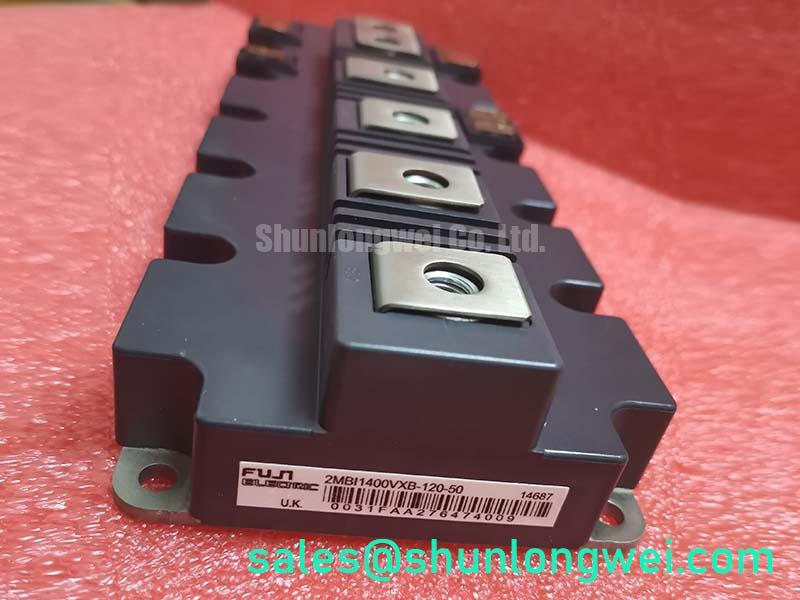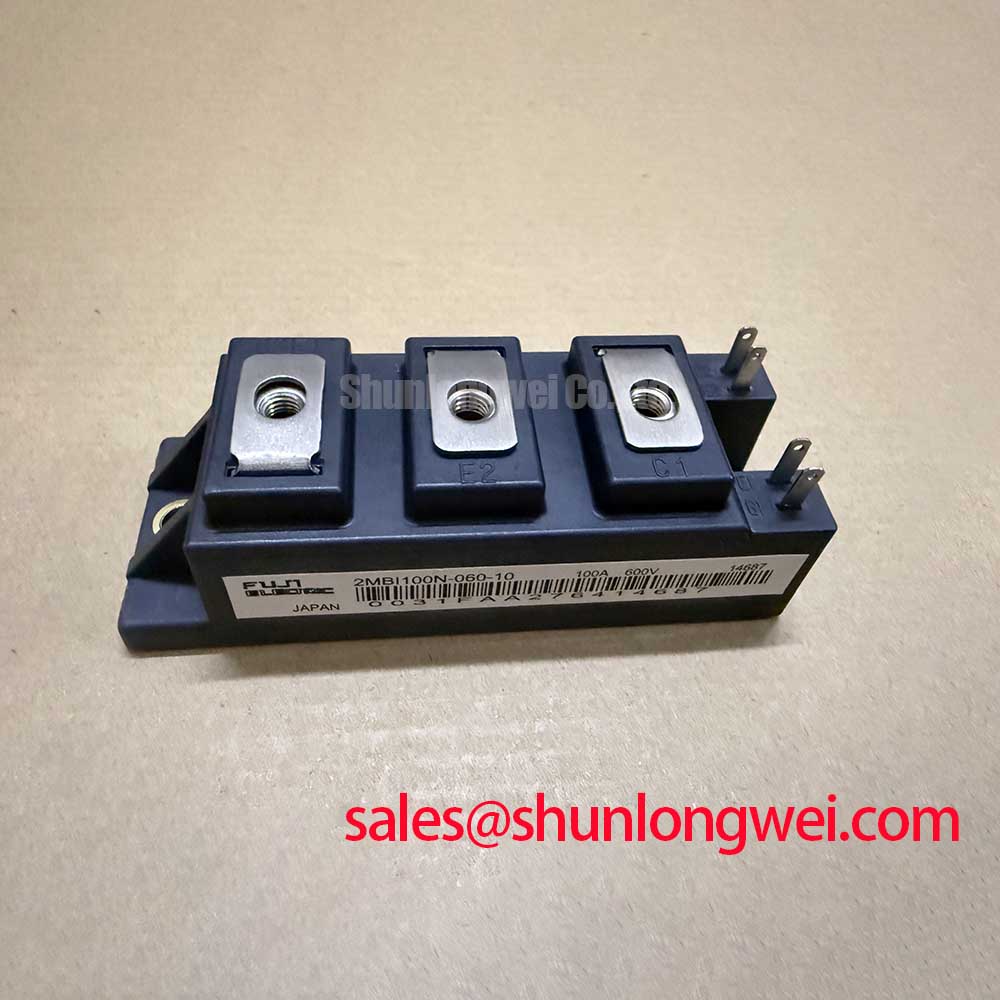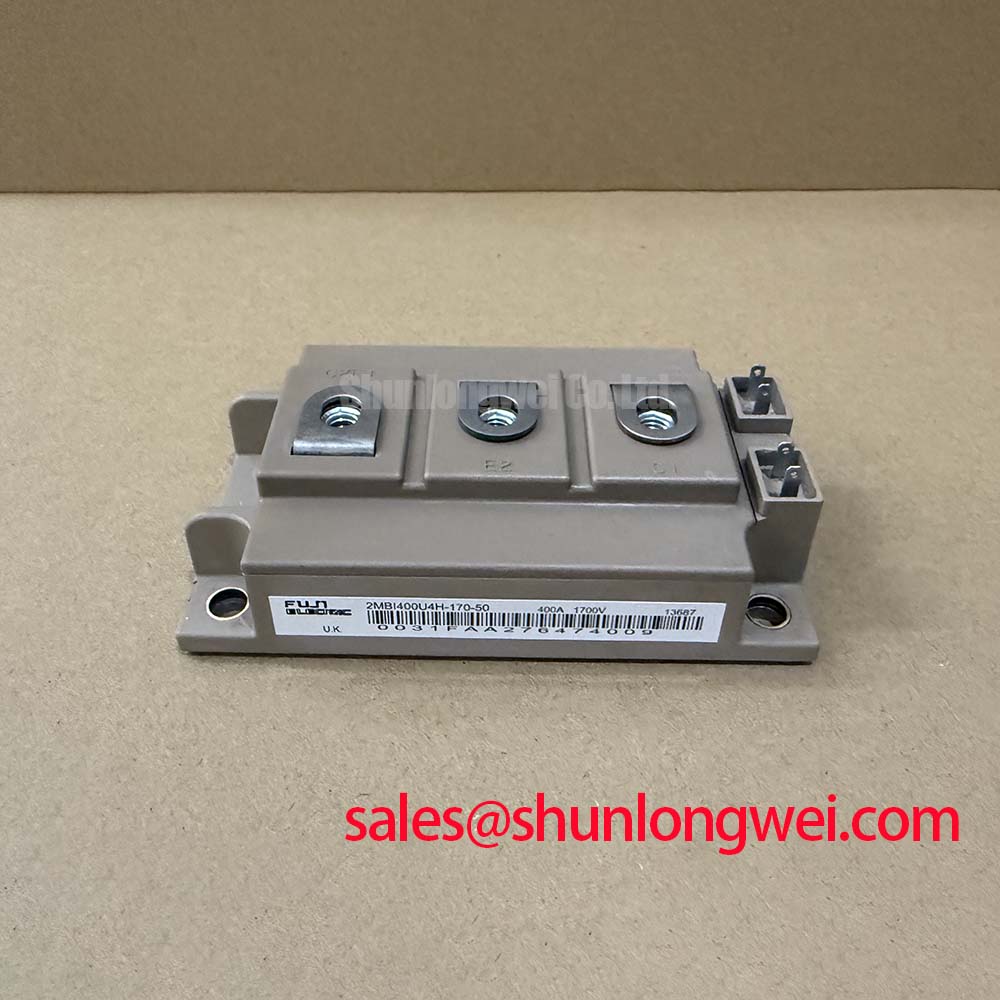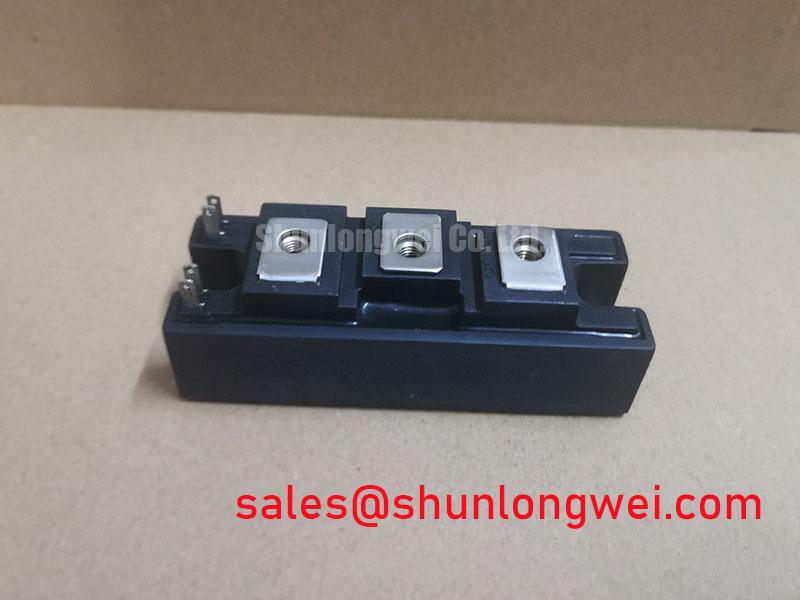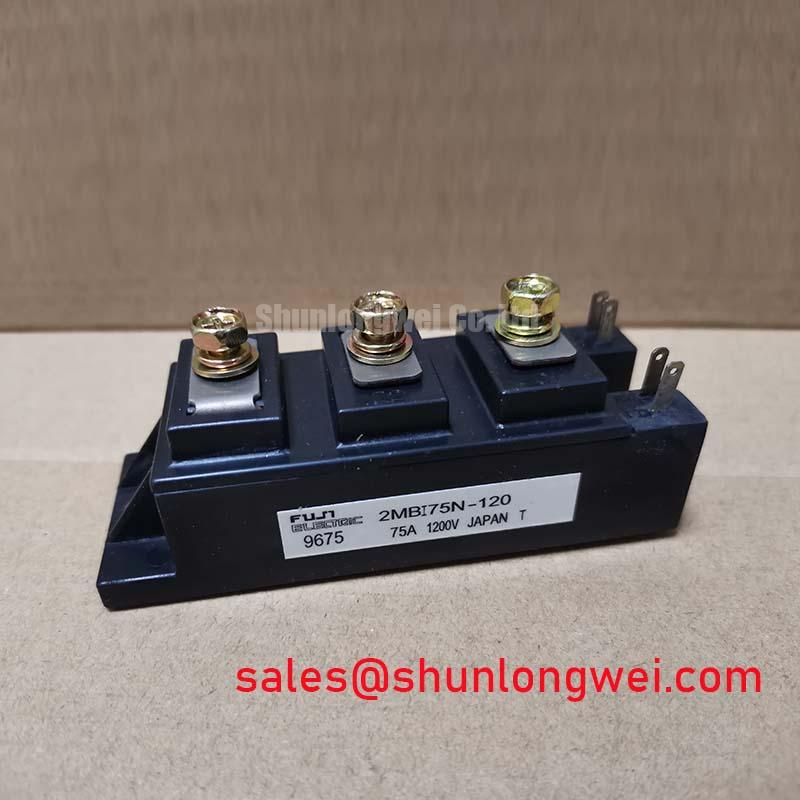Content last revised on November 18, 2025
2MBI1400VXB-120-50: High-Reliability 1200V Dual IGBT for Megawatt-Scale Power Conversion
Introduction: Engineering for Thermal Stability and Longevity
The Fuji Electric 2MBI1400VXB-120-50 is a high-current dual IGBT module engineered for exceptional thermal performance and long-term reliability in demanding high-power applications. This module delivers robust switching with key specifications of 1200V | 1400A | Rth(j-c) of 0.018 K/W. Its primary engineering benefits include superior heat dissipation and enhanced operational lifetime under harsh thermal cycling conditions. For engineers designing multi-megawatt systems where managing thermal loads is critical to reliability, this module's low thermal impedance directly translates to smaller heatsink requirements and greater power density. For multi-megawatt systems demanding maximum thermal efficiency and long-term reliability, the 2MBI1400VXB-120-50 is the definitive choice for robust power conversion.
Application Scenarios & Value
System-Level Benefits in Renewable Energy and Heavy Industry
The 2MBI1400VXB-120-50 is engineered to solve the critical challenge of thermal management in high-power inverters and converters. In a multi-megawatt wind turbine inverter, for example, fluctuating power generation imposes severe thermal stress on power electronics. The module's remarkably low transient thermal impedance, a key feature of its V-Series technology, ensures rapid heat transfer away from the IGBT and FWD chips during these load changes. This prevents junction temperature overshoots that can lead to premature device degradation and failure. The result is a more reliable inverter that maximizes uptime and energy yield over its service life, directly impacting the profitability of the renewable energy project. The module’s robust construction makes it a cornerstone component for applications such as large-scale solar inverters, grid-scale energy storage systems, high-power motor drives, and uninterruptible power supplies (UPS).
While the 2MBI1400VXB-120-50 excels in the megawatt class, for applications requiring robust performance at lower current levels, the related 2MBI600XHA120-50 provides a similarly reliable solution in the 600A range. For systems operating at higher voltages, such as certain traction or medium-voltage drive applications, the 2MBI1400VXB-170E-50 offers a 1700V blocking voltage capability.
Key Parameter Overview
Decoding the Specs for Enhanced Thermal Reliability
The performance of the 2MBI1400VXB-120-50 is defined by its electrical and thermal characteristics, which are optimized for high-power, high-reliability systems. The parameters below highlight its capacity to handle significant power loads while maintaining thermal stability, a crucial factor for longevity in the field.
| Parameter | Symbol | Value | Condition |
|---|---|---|---|
| Collector-Emitter Voltage | Vces | 1200 V | Tj = 25°C |
| Continuous Collector Current | Ic | 1400 A | Tc = 80°C |
| Collector-Emitter Saturation Voltage | Vce(sat) (typ.) | 1.75 V | Ic = 1400A, Tj = 125°C |
| Thermal Resistance (Junction to Case) | Rth(j-c) | 0.018 K/W | Per IGBT |
| Maximum Junction Temperature | Tj(max) | 150 °C | - |
Download the 2MBI1400VXB-120-50 datasheet for detailed specifications and performance curves.
Technical Deep Dive
A Closer Look at the V-Series Design for Long-Term Reliability
The exceptional reliability of the 2MBI1400VXB-120-50 stems directly from Fuji Electric's V-Series technology. A key innovation is the use of an Al-SiC baseplate, which has a coefficient of thermal expansion (CTE) that closely matches the silicon IGBT chips. This is critical for improving power cycling capability. Think of it like building a bridge with materials that expand and contract at the same rate in summer heat and winter cold; the structure experiences far less stress. Similarly, by minimizing the CTE mismatch, the module significantly reduces mechanical stress on the solder joints during temperature fluctuations, which is a primary failure mechanism in high-power modules. This enhanced structural integrity, combined with low thermal resistance, ensures a longer operational life, even in applications with frequent and wide temperature swings.
Frequently Asked Questions (FAQ)
How does the low Rth(j-c) of 0.018 K/W impact heatsink selection and system design?
A lower thermal resistance value signifies more efficient heat transfer from the semiconductor junction to the module's case. For a design engineer, this means that for a given amount of power loss, the junction temperature will be lower. This provides two key advantages: either the system can be operated at a higher power output while staying within safe temperature limits, or a smaller, less costly heatsink can be used to achieve the same thermal performance, leading to a more compact and cost-effective overall system design.
What is the primary benefit of the module’s high power cycling capability for a Variable Frequency Drive (VFD)?
In VFD applications, the motor load can change rapidly, causing frequent temperature cycles within the IGBT module. The high power cycling capability, stemming from its advanced material composition and internal structure, ensures the module can withstand these repeated thermal stresses without solder fatigue or delamination. This directly translates to a longer service life and higher reliability for the VFD, reducing maintenance costs and system downtime in industrial environments.
An Engineer's Perspective on Application
From a design standpoint, the 2MBI1400VXB-120-50 is more than just a high-current switch; it's a foundational component for building reliable, high-density power converters. Its low Vce(sat) contributes to reduced conduction losses, but the standout feature is its thermal architecture. The combination of a low Rth(j-c) and high thermal cycling endurance provides significant design margin. This allows engineers to push for higher power density without sacrificing long-term field reliability, a crucial trade-off in competitive markets like renewable energy and industrial drives. This module simplifies thermal design, enabling the development of more robust and power-dense systems. For more on the principles of IGBT operation, explore this guide to IGBT working principles.

